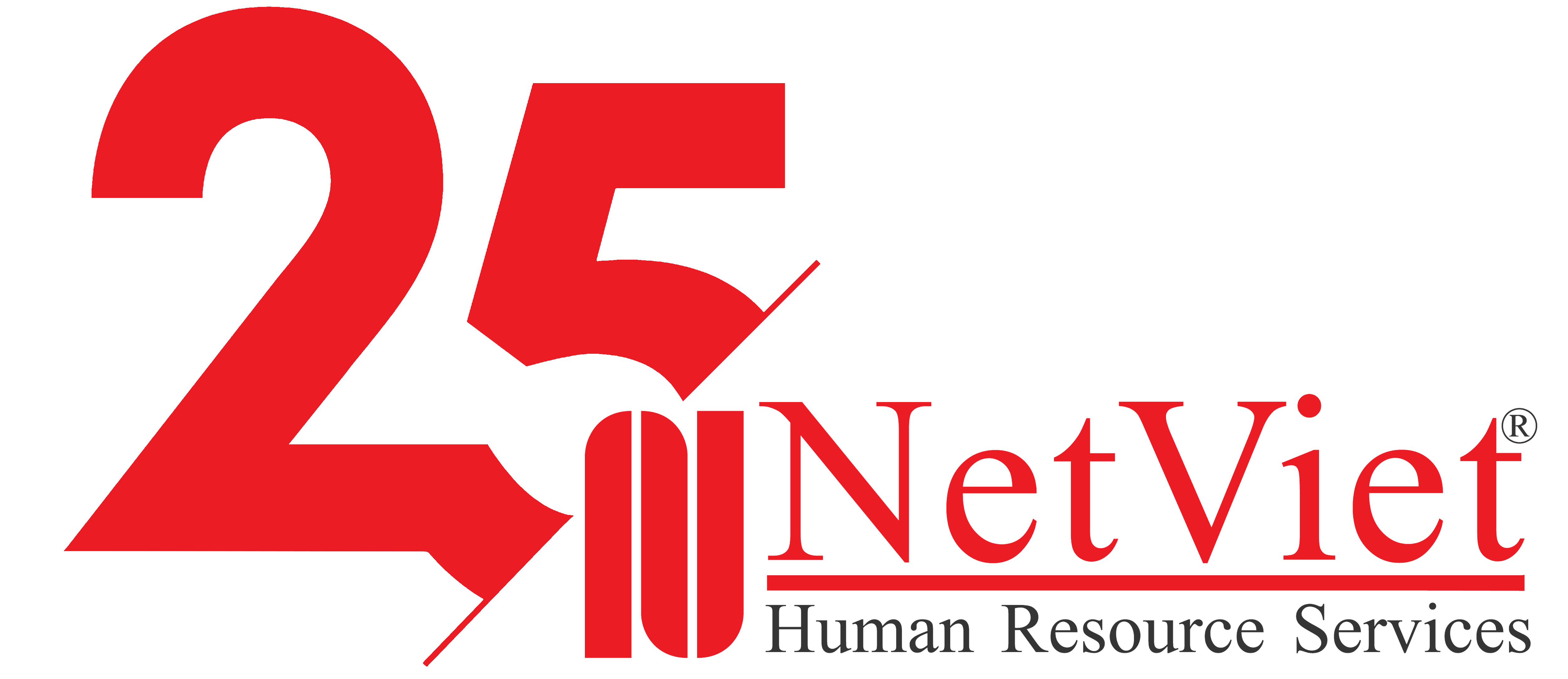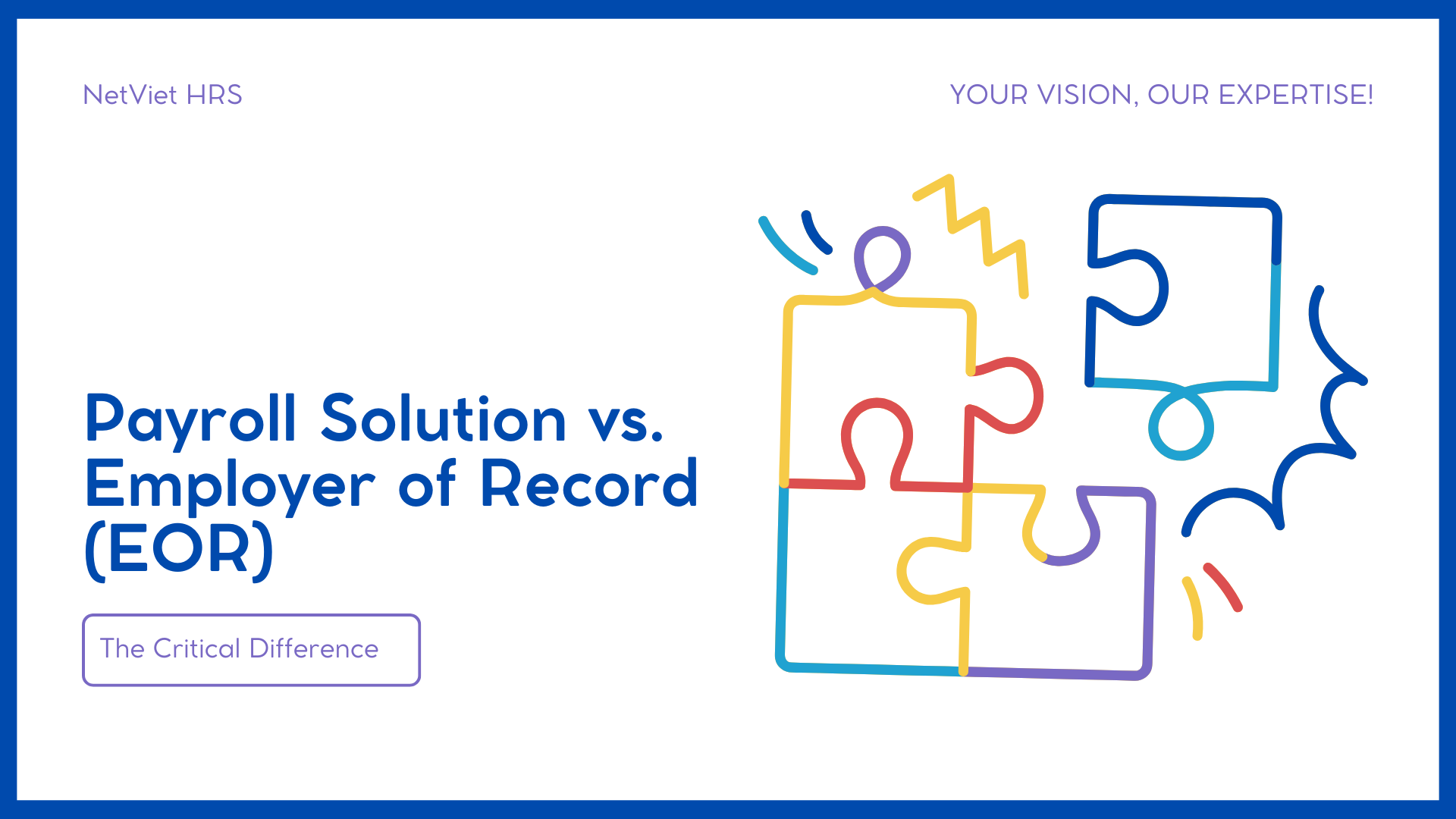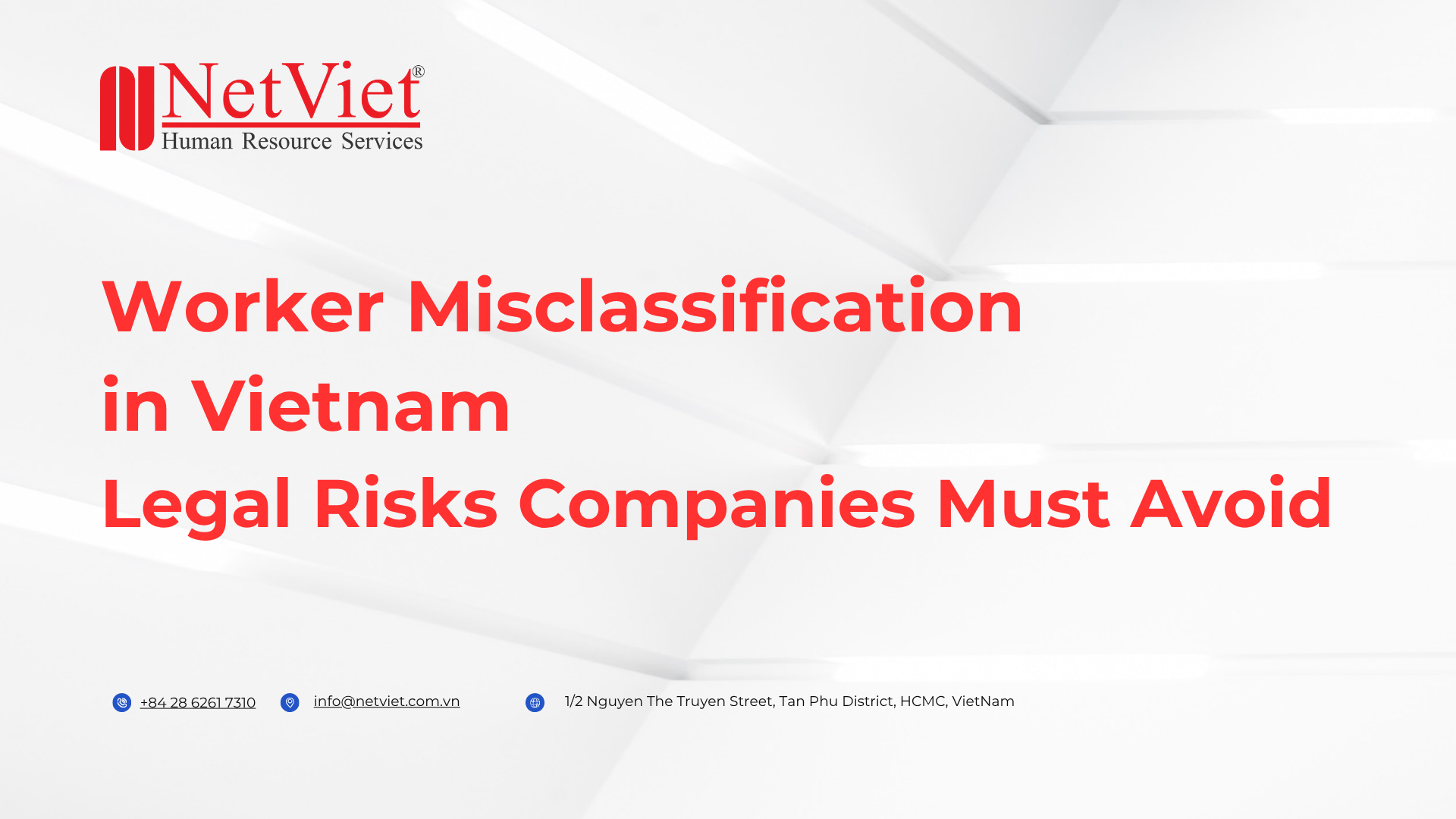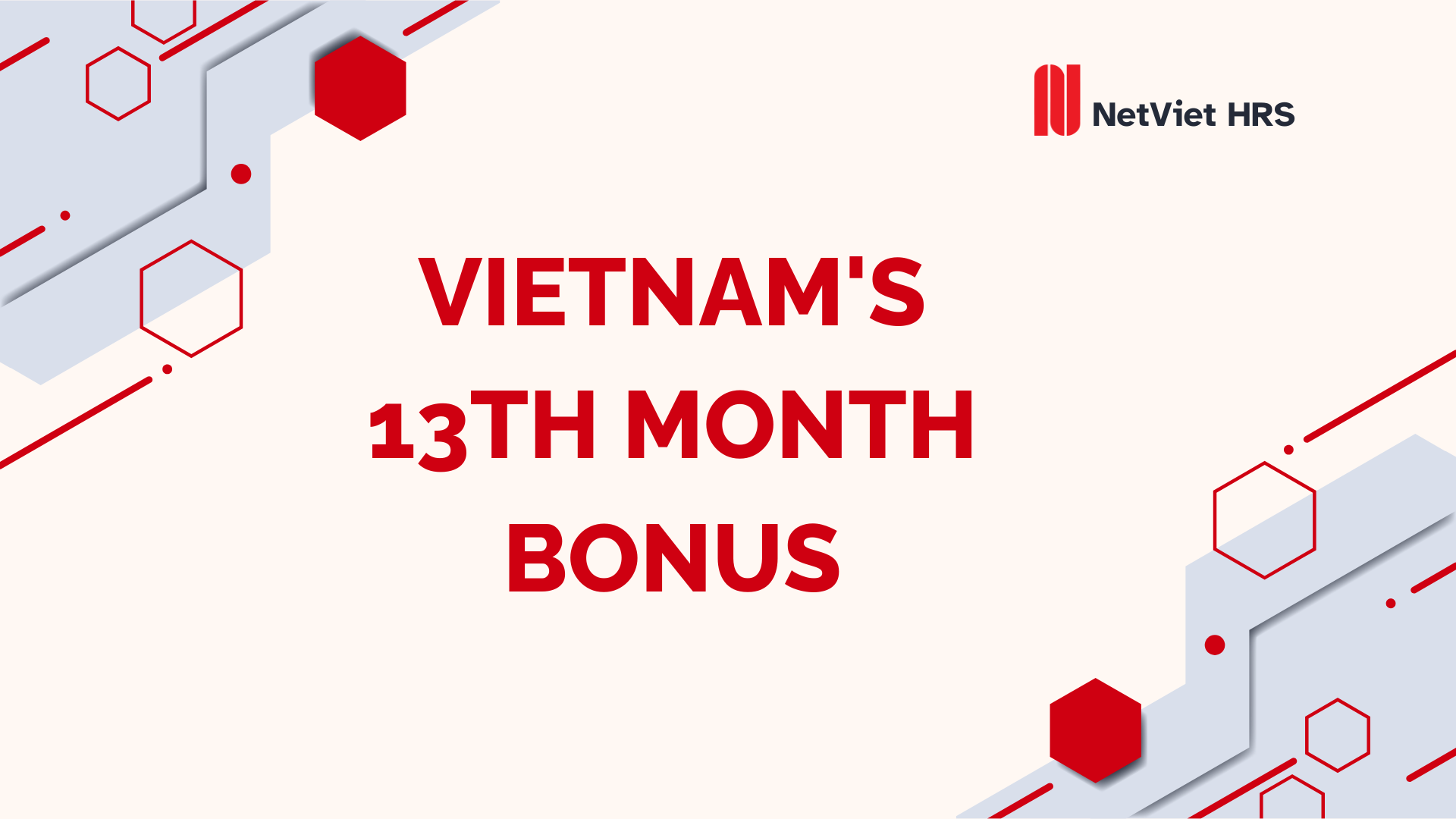Table of Contents
ToggleWhat is a VAT invoice and when should it be used?
A VAT invoice is a legal document issued by Vietnamese businesses when selling goods or providing services subject to VAT. It serves as important evidence for tax declaration and business expense payments.
According to Decree 123/2020/ND-CP, Vietnamese businesses must issue VAT invoices when:
- Selling goods or supplying services, especially when exporting goods to non-tariff zones, export processing zones, or local exports.
- Providing services to foreign businesses registered for VAT under the deduction method.
Required information on a VAT invoice in Vietnam
- A valid VAT invoice issued to a company must include:
- Invoice code and number
- Name, address, and tax code of the seller (Vietnamese business)
- Name, address, and tax code of the buyer (foreign business, if any)
- Invoice date
- Description of goods/services
- Quantity and unit price
- Total amount before VAT
- VAT rate and corresponding VAT amount
- Total payment amount, written in numbers and words
- Electronic signature or company seal (if any)
Note: When allowed to collect payment in foreign currency, the invoice may state the foreign currency unit.
When to issue a VAT invoice to a company?
For goods: The invoice must be issued at the time of transferring ownership or usage rights of the goods to the buyer (foreign company), regardless of whether payment has been received.
For services: The invoice is issued upon completion of service provision or upon receipt of payment (if payment is made before or during service provision).
How is a VAT invoice used for business expense payments?
To be accepted as a valid document for business expense payments in Vietnam, a VAT invoice must ensure:
- The invoice is a valid VAT invoice issued according to Vietnamese law, usually an electronic invoice managed by the tax authority.
- The invoice must correctly state the name and tax code of your company. In case the business has any updates or changes (for example: name change, address change, etc.), the information on the invoice must match the latest information registered with the tax authority.
If missing or incorrect, the invoice may not be accepted for reimbursement or VAT deduction.
- The expenses on the invoice are reimbursements for business costs incurred by employees. To qualify as a business expense, there must be a clear connection between the expense and the company’s business activities.
- In some cases, supporting documents are required to prove the transaction, such as receipts, e-tickets or boarding passes, full proof of payment, booking confirmations along with payment evidence.
- The invoice must be within the allowable time frame (usually within 6 months from the invoice date) to be counted as a legitimate expense and for VAT input deduction.
Read more: Allowances and Expenses: What Are The Differences?
How to check the validity of a VAT invoice
Method 1: Self-check using information on the invoice
When receiving an invoice from a customer, employees should immediately check key information such as seller’s name, tax code, address, invoice number, invoice date, description of goods/services, amount, VAT rate, seller’s signature, and seal.
- Ensure the invoice is complete, not erased or altered, and the information matches the actual transaction.
- For hospitality expenses (meals, entertainment), employees must keep all related receipts, vouchers, or documents as evidence according to company policy and tax law.
- Checking and retaining invoices and documents should be done at the time of the transaction to avoid loss or missing documents later.
Tip: Keep all invoices and receipts related to meals or meetings with customers as proof of actual transactions.
Method 2: Check VAT invoices via official websites of the Vietnam General Department of Taxation by entering the seller’s tax code and invoice number:
- Tax code and invoice registration lookup: https://tracuunnt.gdt.gov.vn
- Electronic invoice lookup: https://hoadondientu.gdt.gov.vn
- Invoice reconciliation via electronic tax filing system: https://thuedientu.gdt.gov.vn
If the invoice does not appear on these systems, it is likely invalid or improperly issued.
Consequences of using invalid invoices
Using invalid invoices can cause serious consequences for businesses, including:
Disallowed expenses: Costs related to invalid invoices cannot be included as deductible expenses, increasing tax liabilities.
Administrative fines: Businesses may be fined under Article 28 of Decree 125/2020/ND-CP, with penalties up to 50 million VND depending on the violation severity.
Damage to business reputation: Using invalid invoices reduces trust from partners, customers, and tax authorities.
Therefore, strict compliance with invoice regulations and proper checking and retention of related documents are essential to avoid unnecessary risks.
Conclusion
Understanding VAT invoices is essential to ensure legal compliance, avoid risks in payment of expenses and tax declaration. At Net Viet, our professional and experienced team will be responsible for checking, comparing documents and ensuring compliance with regulations according to Vietnamese law, thereby minimizing unexpected risks.
Contact NetViet now for immediate support and consultation!
Follow NetViet for the latest industry updates and more:
- Phone: +84 28 6261 7310
- Email: info@netviet.com.vn
- Website: www.netviet.com.vn
- Facebook | LinkedIn | Twitter














